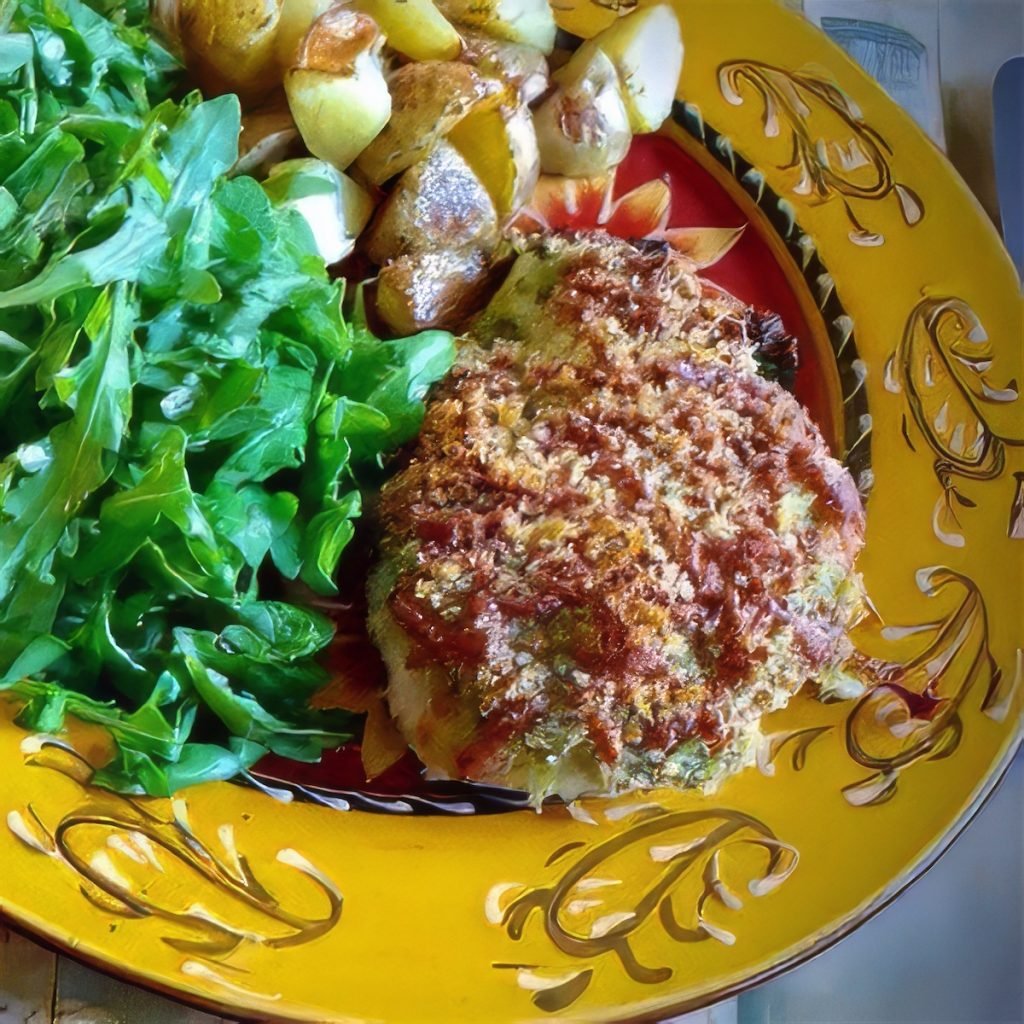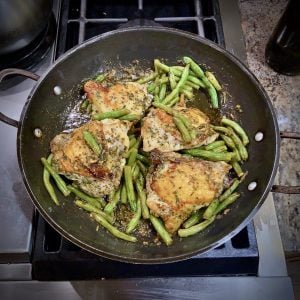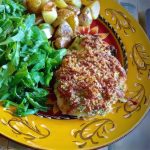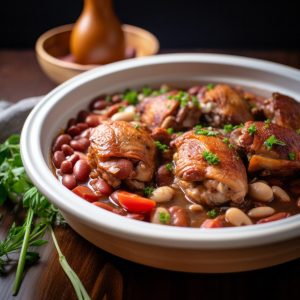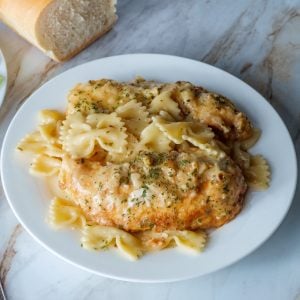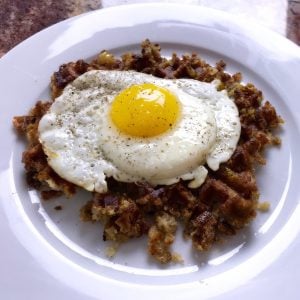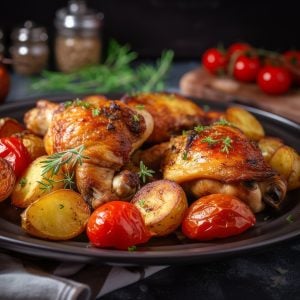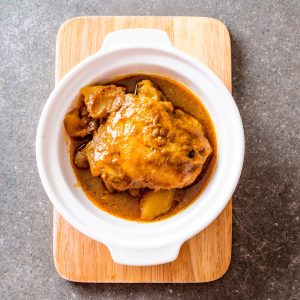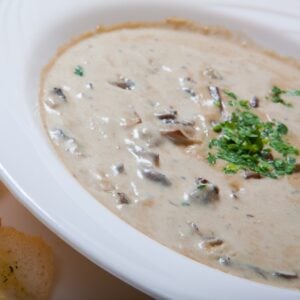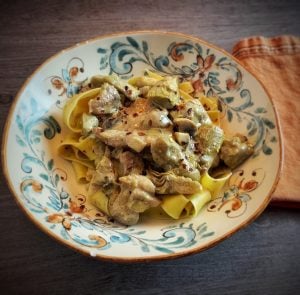How to Prepare Chicken Breasts Coated with Pesto, Panko and Cheese Recipe
Looking for an easy weeknight dinner that feels a little fancy? This pesto chicken with mozzarella and panko breadcrumbs hits all the right notes. It’s juicy, cheesy, crispy, and packed with flavor. You only need a few ingredients, and it comes together fast—perfect for busy nights or when you want to impress without the stress.
The combination of tender chicken, bold pesto, melty mozzarella, and golden panko creates layers of flavor and texture in every bite. It’s comfort food with a fresh twist. You can bake it in the oven or pop it in the air fryer for an extra crispy finish. Serve it with pasta, a simple salad, or roasted veggies and you’ve got a full meal.
This recipe is beginner-friendly, family-approved, and endlessly customizable. Use store-bought pesto or make your own. Try fresh basil or even arugula pesto for something different. Whether you’re cooking for guests or meal prepping for the week, this dish is a winner.
Keep reading for step-by-step instructions, tips, and variations to make this pesto chicken your own. It’s fast, flavorful, and sure to become a regular in your dinner rotation. Let’s get cooking!
Panko and Pesto Coated Chicken Breasts Recipe
Ingredients
- 1 cup panko breadcrumbs or regular breadcrumbs
- 1 cup mozzarella cheese
- olive oil spray or bottled
- salt & pepper to taste
- 4 chicken breasts boneless and skinless, rinsed and dried
Instructions
- Preheat your oven to 400°F. The Hello Fresh recipe suggests 450°F, but I prefer to roast at 400°F for a little longer to prevent the coating from burning and it gives me a little more control over time and temperature.Saying that, I always recommend you determine chicken doneness using an instant thermometer and use time and temperature as only a guideline.
- Combine the panko breadcrumbs with the mozzarella in a small bowl.
- Season with salt and pepper, then add a drizzle of olive oil and combine all the ingredients. If you need a little more olive oil to help combine the ingredients, add a little at at a time.
- Lightly coat a baking pan with a little spray olive oil or bottled oil. Transfer the chicken breasts onto the baking pan.
- Spoon and spread a couple of tablespoons of pesto onto each chicken breast. I used my hands to press the panko/mozzarella mixture on top of the pesto. Make a nice even layer to cover the entire top of the chicken breast.
- Transfer the pan to the oven and cook for 20 to 30 minutes until the center is no longer pink. Government food safety sites will tell you to cook chicken breasts to 165°F in the center but I think at that point the chicken is overcooked. I prefer to cook chicken breasts to 155°F.
Notes
Cooking Tips for This Dish
| Cooking Tip | Description |
|---|---|
| Use Thin Chicken Breasts | Thin or butterflied chicken breasts cook evenly and absorb more flavor from the pesto. |
| Pat Chicken Dry | Dry the chicken with paper towels so the pesto and breadcrumbs stick better. |
| Toast Panko First | Lightly toast the panko in a skillet with olive oil for a crunchier, golden topping. |
| Don’t Overload with Pesto | A thin layer of pesto goes a long way—too much can make the dish oily. |
| Use Fresh Mozzarella | Fresh slices melt better and add a creamy, rich flavor to the chicken. |
| Secure Toppings with Toothpicks | If layering gets tricky, use toothpicks to hold the cheese and crumbs in place while baking. |
| Rest Before Serving | Let the chicken rest for 5 minutes after baking so juices redistribute and toppings set. |
Panko Bread Crumbs
Panko is a type of breadcrumb that originated in Japan and has gained popularity worldwide for its light and crispy texture. Unlike traditional breadcrumbs, made from dried bread ground into fine crumbs, panko is made from crustless white bread processed into larger, flakier crumbs. The word “panko” translates to “bread crumbs” in Japanese.
Panko is made using a unique method of bread preparation that involves baking the bread with an electric current. This results in a loaf that is lighter and airier than conventional bread. The baked loaf is ground into coarse crumbs, resulting in panko’s distinctive texture.
Due to its larger and flakier texture, panko creates a crispier coating when used as a breading for fried or baked foods. It adheres well to the surface of ingredients, forming a crunchy crust that locks in moisture and enhances flavor. Panko is commonly used in Japanese cuisine for tonkatsu (breaded and fried pork cutlets), tempura, and katsu curry. Still, it has also become a popular ingredient in Western cooking for dishes like chicken tenders, fish fillets, and vegetable fritters.
Panko is prized for producing a light and crispy texture without absorbing excess oil, making it a favorite among chefs and home cooks. Its versatility and superior crunch make it a staple ingredient in kitchens worldwide. You can read more about Panko here.
Pesto
Pesto is a vibrant and flavorful sauce originating from Italy, specifically from the Liguria region. Traditionally made with fresh basil leaves, garlic, pine nuts, Parmesan cheese, and olive oil, pesto is renowned for its vibrant green color and aromatic flavor.
The word “pesto” comes from the Italian word “pestare,” which means to pound or crush, referring to the traditional method of preparing the sauce by pounding the ingredients together in a mortar and pestle.
The key to a delicious pesto is using high-quality, fresh ingredients. Fresh basil leaves provide the sauce with its signature herbal flavor and vibrant color, while garlic adds a pungent kick.
Pine nuts contribute a rich nuttiness, Parmesan cheese adds savory depth, and extra-virgin olive oil binds everything together and adds richness.
It is incredibly versatile and can be used in a variety of dishes. It is commonly tossed with cooked pasta, such as spaghetti or penne, to create a simple yet flavorful pasta dish.
Pesto also makes a delicious spread for sandwiches and wraps, a flavorful topping for pizza, and a tasty dip for bread or vegetables. Additionally, it can be used as a marinade or sauce for grilled meats, seafood, or vegetables, adding a burst of flavor to any dish it accompanies.
Pesto is a beloved sauce cherished for its fresh, vibrant taste and versatility in the kitchen. Whether used as a pasta sauce, sandwich spread, or marinade, pesto adds a deliciously herbaceous flavor to many dishes, making it a staple in many kitchens worldwide.

